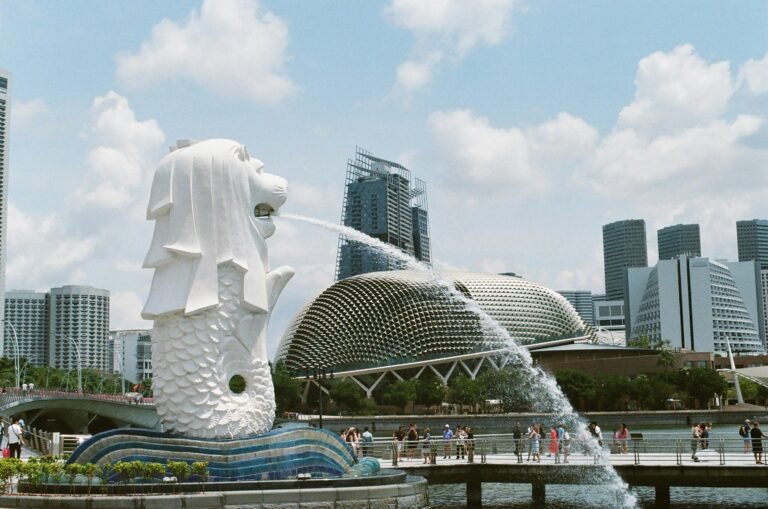In many cultures, colour conveys meanings derived from religion, history, and tradition, but tread with caution as the symbolism can be highly contextual with the same colour conveying different meanings.
Contributor: Jenny Chin. Image: Japanese paper origami Cranes representing Peace.
In relatively homogenous Japan, influenced greatly by Zen Buddhism and Shintoism, advertisers and marketers may be on safer ground. White seen in the robes of the Shinto priest symbolises purity. Purple was for a long time was a colour reserved only for the imperial family, whilst (indigo) blue became widely availability due to the dyes that give rise to the colour, and was therefore the popular choice of common folk.
In the Indian subcontinent, often associated with the brightest of colours, where Holi (the so-called festival of colours) is celebrated, there are regional variations in the one religion. The Hindu Holi marks the end of winter in the north and is celebrated by friends throwing coloured powder or paint at each other. In the south, it may be given a different name, celebrated less boisterously and on a different date. There are also specific colours associated with different castes- white for Brahmins, red for warriors (Kshatriyas) and yellow for merchants and traders (Shudras).
In North India Red symbolises love and purity worn by brides. Whereas, in south India, maroon is preferred. Saffron which grows in Jammu and Kashmir, signifies spirituality, purity and sacrifice. It is the colour of the robes worn by Hindu holy men. Green is the colour of Islam for the Muslim Indians and can also be seen in the Pakistani flag. For Hindus, it means good harvests and fertility. Blue, the colour Lord Krishna, is associated with the immortal and brave Hindu god.
In China the symbolism of red during the lunar new year is well known. Red packets are meant to bring luck and happiness. Yellow was the imperial colour, and today is considered prestigious, even heroic. Sky blue and green were once considered a variation of one colour, green (qing) and today symbolises health, and harmony.
In East Asian cultures, black is associated with death although the traditional mourning colour is white. In China there can be variations depending on your exact familial relationship with, or age of, the deceased. Funerals for over 80s are considered celebrations and less muted colours acceptable.
It is easy to trip up in these diverse worlds, so the main lesson is to do your research when engaging with a local audience!















